Through our website, we want to bring people closer to delicious, creative meals that nourish both body and soul. We don’t intend to become famous chefs –we just love food!
We firmly believe in celebrating the beauty of different cultures through their cuisine. From home kitchens to 5-star restaurants, each meal has its own secret recipe for success.
The love for Saffron initially inspired us on this journey, but our mission is much larger than that. We strive to provide helpful resources and meaningful conversations about organic farming techniques, cooking tips and culinary customs from around the world.
If you’d like to join us in showcasing your special family recipes or other noteworthy ideas relating to food culture, please reach out at [email protected] –your contribution will be highly cherished!
For now, love yourself and enjoy this one ...
By Candace Riddle
 Walking through a garden in full summer bloom is a joy that should be experienced by everyone. A garden should engage all human senses: sight, sound, touch, smell, and sometimes taste.
Walking through a garden in full summer bloom is a joy that should be experienced by everyone. A garden should engage all human senses: sight, sound, touch, smell, and sometimes taste.
For most of us this experience is accomplished by taking a walk through a local public garden or park. For people with special needs, a walk through a garden is not possible because the paths do not accommodate wheelchairs and walkers get stuck in the ground. Touching plants is not possible because they are too low or too high.
 To elevate an ordinary garden to a garden that all can enjoy is simply a matter of thoughtful design. Several years ago we designed a sensory garden at an existing farm to include all visitors in the garden experience. We had limited funds and limited options in the physical location of the garden. Our first sensory garden was a terraced raised bed structure that allowed visitors to reach into the raised beds and touch, smell, and taste various herbs and flowers. The garden design, while not perfect, did allow visitors to have a sensory experience at The Farmyard, which is a part of Maryland’s agricultural tourism project in Northern Baltimore County. While the first sensory garden at The Farmyard was enjoyed by many, changes in circumstances allowed us to expand our goals and create a new sensory garden from the ground up, so to speak. At the new farm we were not limited to existing structures and limited spaces.
To elevate an ordinary garden to a garden that all can enjoy is simply a matter of thoughtful design. Several years ago we designed a sensory garden at an existing farm to include all visitors in the garden experience. We had limited funds and limited options in the physical location of the garden. Our first sensory garden was a terraced raised bed structure that allowed visitors to reach into the raised beds and touch, smell, and taste various herbs and flowers. The garden design, while not perfect, did allow visitors to have a sensory experience at The Farmyard, which is a part of Maryland’s agricultural tourism project in Northern Baltimore County. While the first sensory garden at The Farmyard was enjoyed by many, changes in circumstances allowed us to expand our goals and create a new sensory garden from the ground up, so to speak. At the new farm we were not limited to existing structures and limited spaces.
 With the luxury of space and a healthy budget we were able to concentrate on giving our visitors the best garden experience we could provide. Of course, we wanted to continue to make sure that our special needs school visitors had a complete sensory experience, but we also decided to make the garden a place where senior citizens and stressed out parents could recharge and relax.
With the luxury of space and a healthy budget we were able to concentrate on giving our visitors the best garden experience we could provide. Of course, we wanted to continue to make sure that our special needs school visitors had a complete sensory experience, but we also decided to make the garden a place where senior citizens and stressed out parents could recharge and relax.
Planning the design included the following items for consideration:
- Easy access to main walking paths and parking lot.
- Flat land that would provide solid footing and support wheelchairs and walkers.
- Continuous paths to avoid sharp or tight turns.
- Height of raised beds that would accommodate a variety of plants and still be accessible to garden visitors.
- Sturdy seating set where guests can take in the view of the entire Farmyard experience and still enjoy enough quiet time to hear the water feature and the birds.

We began plotting the new garden with a sign thanking our grant funders, and bricks and planks marking our new space. The next step was deciding on materials to create the kind of safe and welcoming garden we imagined.
The walking paths presented the biggest challenge; we did not want to put anything in the space that was not earth/animal/people friendly. We also did not want to create such a permanent footprint that we could not move things around in the future as our needs or vision changed, so cement or pavers were out. We finally decided on horse stall mats, which are smooth and easy to wheel things over, and provide a smooth transition from one mat to the next.

Once the paths were laid the placement of the 36” high water troughs which serve as the raised beds for the garden had to be placed so that visitors could get close to the plants for touching, smelling, and tasting.
 leaf shaped fountain" width="111" height="146" />Since these pictures were taken more raised beds have been added to the outside perimeter of the garden. This has allowed us to expand our plantings to include not only herbs, but also several vegetables and, of course, flowers.
leaf shaped fountain" width="111" height="146" />Since these pictures were taken more raised beds have been added to the outside perimeter of the garden. This has allowed us to expand our plantings to include not only herbs, but also several vegetables and, of course, flowers.
A water feature using a solar pump was installed so visitors could enjoy the water sounds while touring the beds.
Our raised beds contained many of the same plants we had in our original sensory garden:
Rosemary: scent, touch, and taste
Sage: scent, touch, and taste
Fennel: scent, sound, and taste (we dig up the bulbs and invite guests to taste a bite)
English Thyme: scent, sight, and herbal lore (sharing the story of tiny fairies sleeping in the flowers)
Dill: taste and sight (especially the full seed pods)
Lambs Ear: touch and sound (bees love this plant)
Marigolds: sight and smell
Basil: scent, taste, and sight
This year we introduced some cherry tomato plants for guests to taste as they ripened- they had fun experimenting with green and red tomatoes.

This picture says it all about a garden experience for all! This youngster was our very first visitor!
Photo Credits: 1) Azaleas blooming along a wide garden path (Public Domain). All other photos courtesy of the author.
Candace Riddle is a retired educator and an herbal enthusiast for forty years. She has been a member of The Herb Society of America for over twenty years and is a founding member of the Mason-Dixon Unit. She lives in Maryland.
By: The Herb Society of AmericaTitle: Sensory Garden Development 2.0: Gardens Designed for All to Enjoy
Sourced From: herbsocietyblog.wordpress.com/2024/01/22/sensory-garden-development-2-0-gardens-designed-for-all-to-enjoy/
Published Date: Mon, 22 Jan 2024 10:00:00 +0000
Frequently Asked Questions
What is the mother of all herbs?
The answer may surprise you!
It is a common garden herb known as rosemary (Rosmarinus officinalis). Rosemary has long been associated with fertility, longevity, and protection from illness. In some cultures, it was believed that the fragrance of rosemary could ward off evil spirits.
As such, it has been used for centuries in various medicinal, culinary, and spiritual applications. Rosemary has a unique flavor that pairs well with many dishes, making it a popular choice in the kitchen. Its fragrant leaves also add flavor to sauces, herbs, and meats.
Rosemary is a powerful medicinal herb used throughout the centuries to treat various ailments. Rosemary essential oil can treat respiratory tract infections, digestion problems, skin irritation, and inflammation. Its anti-inflammatory properties make it helpful in treating headaches and muscle pain as well. In addition, the oil has been used to improve cognitive function and memory recall. Rosemary can also be taken as a supplement, tea, or tincture for its many benefits.
It's no wonder rosemary is known as the mother of herbs! It truly is a versatile and valued herb.
What herb is best for healing?
Herbs are a fantastic way to help heal our bodies. Herbal medicine has been used since ancient times and continues to grow today. There are thousands of herbs known to cure various ailments.
Some herbs are excellent for treating colds and flu, while others can treat anxiety, depression, arthritis, cancer, diabetes, heart disease, and more.
There are also herbal remedies for skin care, hair loss, weight loss, sexual health, energy, sleep, digestion, and much more.
The list goes on and on. But one herb stands above them all regarding its ability to heal. That herb is called aloe vera.
Aloe Vera is considered to be the world's most powerful healer. For centuries it has helped people heal themselves naturally without any side effects.
It's incredible how well aloe vera works. It's even better than prescription drugs and surgery.
In addition to its natural healing properties, aloe vera is highly versatile and can be used in almost any area of life, including food, beauty products, and household cleaning supplies.
You may not realize this, but aloe vera contains hundreds of active compounds, which include vitamins A, C, E, B1, B2, B3, B6, folic acid, calcium, magnesium, iron, zinc, copper, sulfur, manganese, phosphorus, potassium, sodium, chloride, fluoride, iodine, selenium and more.
These nutrients are essential for human body functions such as cell growth, metabolism, immune system support, healthy bones and teeth, healthy blood pressure levels, healthy eyesight, healthy cardiovascular systems, healthy digestive systems, healthy lungs, healthy nervous system, healthy reproductive organs, healthy skin, and healthy libido.
Should You Use Herbs and Spices for Brain Health?
Herbs and spices have been used for centuries to improve brain health. Research shows that these natural remedies may help prevent dementia and Alzheimer's. Some herbs may even boost memory.
However, no scientific evidence proves that eating an herb-rich diet can keep your mind sharp. When it comes to improving cognitive function, there are more effective ways to do it.
One study found that older adults who took 1000 mg of vitamin B6 daily had fewer mental lapses than those taking placebo pills. Another study showed that drinking coffee could increase blood flow to the brain. Other studies suggest that exercise, socialization, and sleep improve brain health.
The bottom line is that herbs and spices probably won't make much difference to your overall health. But they might give you extra energy and focus, which can come in handy during the day.
Why do some love coriander and others don't?
Some people hate coriander, while others love it. But why?
Coriander is an herb that grows in warm climates throughout the world. It is native to both North America and Europe.
The leaves of the plant are used in cooking and can also be found in condiments such as salad dressings and dips. When added to food, coriander provides a spicy flavor.
Many people love its taste because it adds a fresh flavor to dishes without overpowering them. Others dislike the smell and taste of coriander because they find it too strong.
But there is more to coriander than meets the eye. There are two types of coriander – sweet and hot. Sweet coriander is milder and sweeter tasting compared to hot coriander.
Sweet coriander is usually grown for its seeds, often called cilantro. This type of coriander is easy to grow and is very low maintenance.
Hot coriander is most commonly used in Indian cuisine. Hot coriander gives a rich flavor to curries and sauces, making it popular among Indians.
Some people say that hot coriander tastes better than sweet coriander. However, the opposite is true for those who prefer sweet coriander.
There are many reasons why people enjoy different varieties of coriander. For example, one person may love the taste of coriander, while another enjoys the aroma.
Whether you like sweet or hot coriander, you might be surprised to learn that you can buy both types of coriander online.
What is the difference between basil and oregano?
Both of these herbs belong to the Lamiaceae family. They share similar flavors, but the differences are obvious.
Oregano is more pungent than basil. It also adds an extra layer of flavor to foods.
Basil leaves are smaller than oregano leaves. They are also softer and less aromatic.
The two herbs are often used interchangeably. Although they are quite similar, each has its distinctive qualities.
Is it safe to eat raw garlic?
Raw garlic contains potent compounds that could cause stomach upset. Garlic should always be cooked before eating.
Garlic is one of the oldest known medicinal plants. It has been used since ancient times to treat various ailments.
Today, garlic is still commonly used for treating colds, coughs, and other respiratory infections. In addition, garlic can increase blood circulation, boost immunity, protect against cancer, lower cholesterol levels, prevent heart disease, and reduce stress.
Do not ingest large amounts of raw garlic to avoid possible health problems. It does not harm you if you consume small amounts regularly, however. This is especially true with young children who might accidentally swallow some.
Is basil good for kidneys?
The answer is yes. Basil is an excellent food for kidney health. It contains potassium which helps reduce high blood pressure. It also contains vitamin K, which is essential for bone strength. As well as this, it is rich in antioxidants which help protect against heart disease.
Basil is great for digestion too. It contains digestive enzymes that break down protein and carbohydrates. This makes it easier to absorb nutrients from your meals.
Basil is a wonderful addition to any diet. Try sprinkling some over pasta dishes, salads, soups, and sandwiches. Or add little stir-fried vegetables, chicken, fish, meat, and tofu.
It's delicious in pesto sauce and fresh in salad dressings. You'll find many recipes online where you can learn how to cook with basil.
Try making basil oil by adding a few drops of pure olive oil to a jar filled with chopped basil leaves. Let it steep overnight, and then strain out the leaves. Use the oil as a massage oil or rub it onto your skin.
It will leave your skin soft and smooth.
Statistics
- For those with high cholesterol, garlic supplementation appears to reduce total and/or LDL cholesterol by about 10-15% (72Trusted Source73Trusted (healthline.com)
- Studies have shown that cinnamon can lower fasting blood sugars by 10-29% in diabetic patients, which is a significant amount (9Trusted Source10Trusted (healthline.com)
External Links
[TAG26]
[TAG28]
- Ashwagandha | Memorial Sloan Kettering Cancer Center
- Grape Seed | Memorial Sloan Kettering Cancer Center
[TAG31]
- Peppermint oil (Mintoil®) in the treatment of irritable bowel syndrome: A prospective, double-blind placebo-controlled randomized trial
- Curcumin reverses the effects of chronic stress on behavior, the HPA axis, BDNF expression, and phosphorylation of CREB
[TAG34]
How To
How do I know if my herbs have been treated with pesticides?
If you see a pesticide label on your herbs, the plants were sprayed with chemicals before being sold to you.
These chemicals harm human health and could cause cancer or other serious illnesses.
Unfortunately, this practice has become common around the globe. Many countries allow farmers to spray their crops with pesticides without proper regulation.
In order not to harm themselves, consumers should always ask about the source of their produce. If it comes from a farmer near you, it’s safe to assume it was not treated with pesticides.
However, there are still ways to ensure that your herbs are free from harmful chemicals.
However, if you want to ensure that your herbs aren’t contaminated, you can purchase organic herbs directly from the farm.
This way, you won’t need to worry about the safety of your herbs. You can trust that they weren’t exposed to harmful chemicals.
Resources:
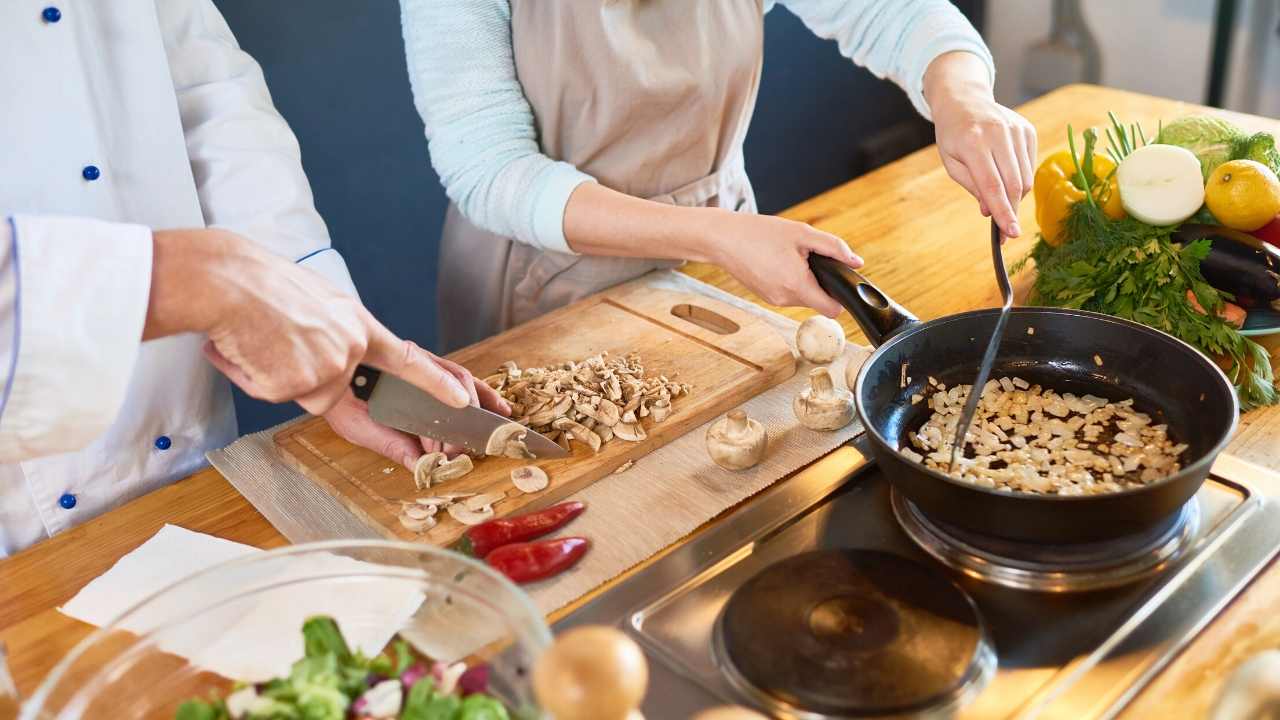 |
[TAG36]In this video we are starting out seedlings for our winter growing in the Tower Garden and we're taking you along for the journey! We'll show you just how easy |
 |
[TAG37]Hope you enjoyed this video and thank you for your support. Don’t forget to like, share and subscribe. PLEASE FOLLOW ME IN FACEBOOK https://www.facebook |
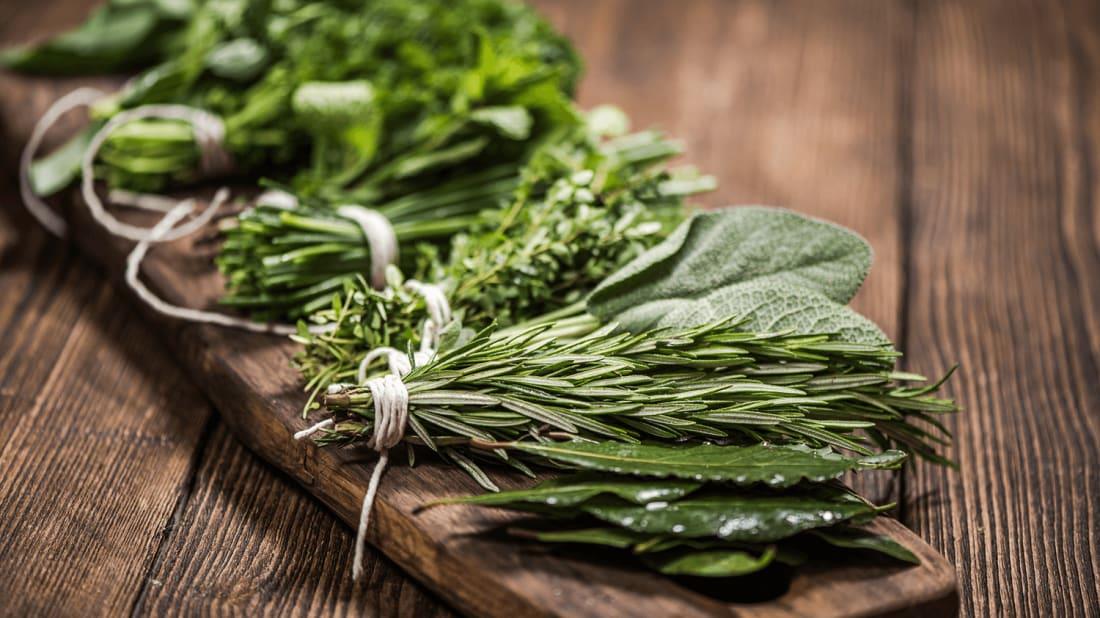 |
[TAG38]Learn herbs from respected professional herbalists offering world-class herbalist training. The NEW Professional Herbalist Course includes courses on over 600 |
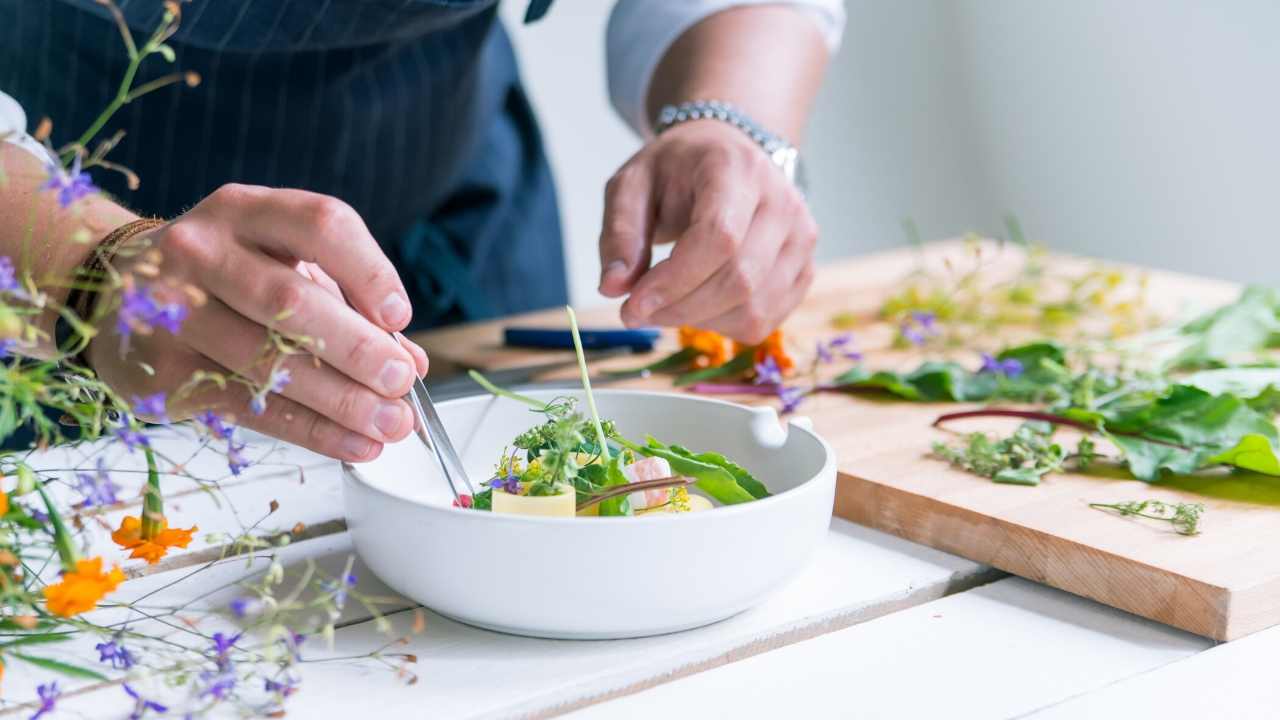 |
[TAG39]Who was the Marble Looking Man? Paul Sinclair shares his accounts of unusual and strange happenings in an around East and North Yorkshire. We now have |
 |
[TAG40]COFFEE MOANING the PODCAST ON APPLE PODCASTS: https://podcasts.apple.com/gb/podcast/coffee-moaning/id1689250679 ON SPOTIFY: |
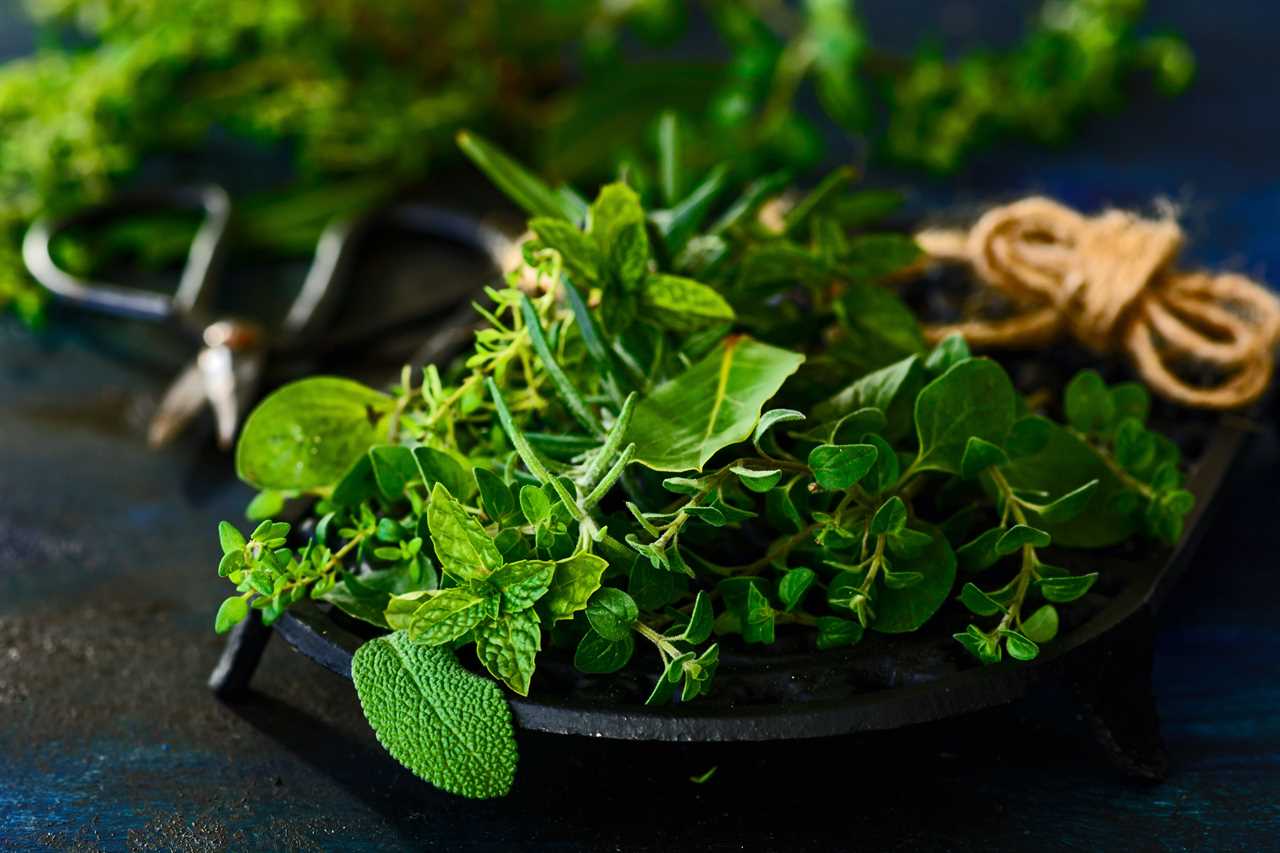 |
[TAG41]Find out more about herbs and how to use them |
 |
[TAG42]Are you eating healthy bread? If so, this video is a must-watch before you take another bite of those seemingly innocent slices. Bread might be a staple, but |
 |
[TAG43]Patrick Bet-David, Adam Sosnick, Tom Ellsworth and Vincent Oshana discuss Bill Maher's appearance on Roseanne Barr's podcast where he denies knowing MK Ultra, |
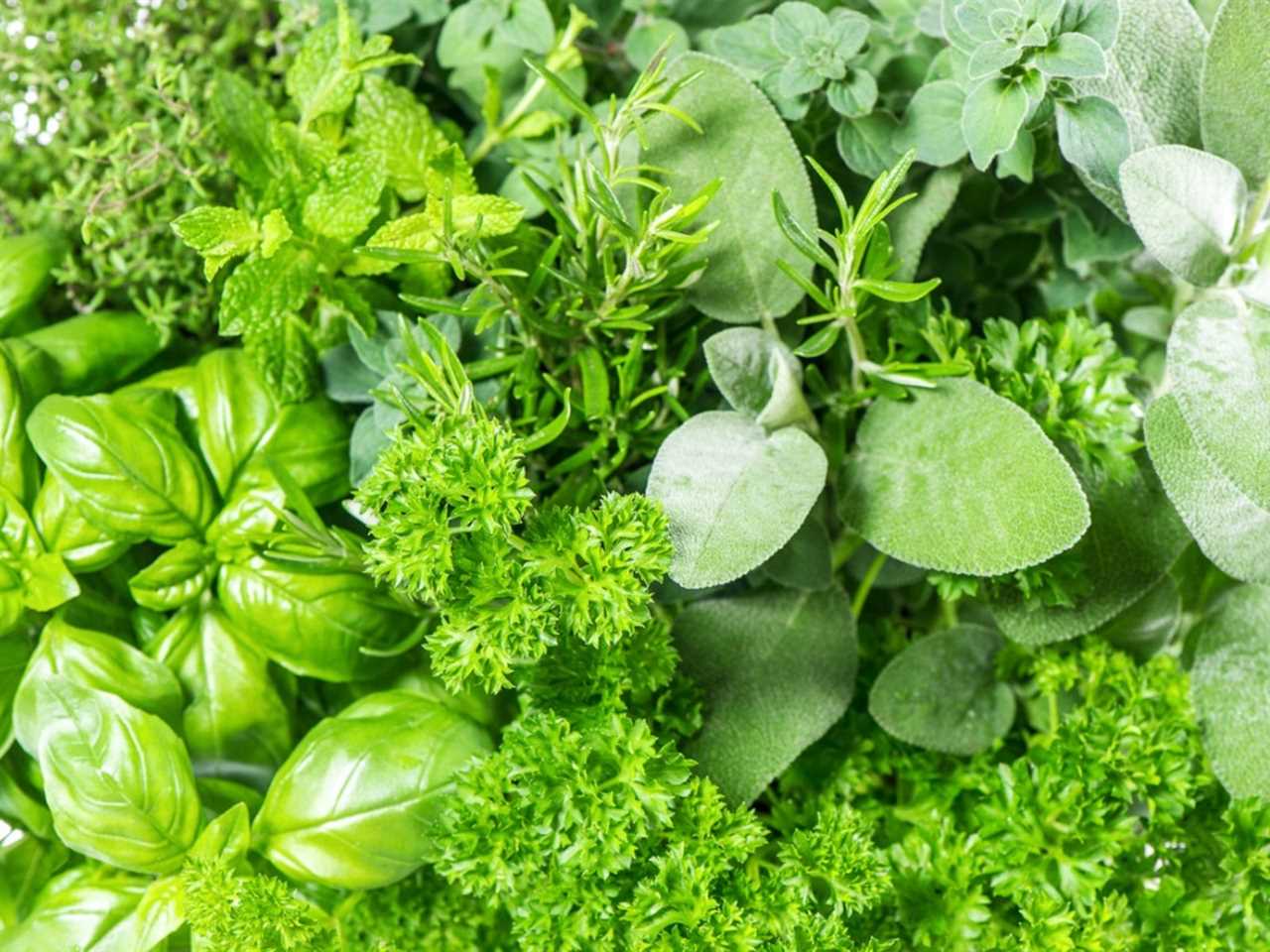 |
[TAG44]Like life, tea is what you make of it and The Cup of Life helps individuals enjoy tea in more than one way. Join me on my tea adventures through my blog! |
 |
[TAG45]Use Code THOMAS25 for 25% off Your First Order from SEED: https://www.seed.com/thomasyt Obesity Pandemic - Willpower vs Genes vs Environment This video |
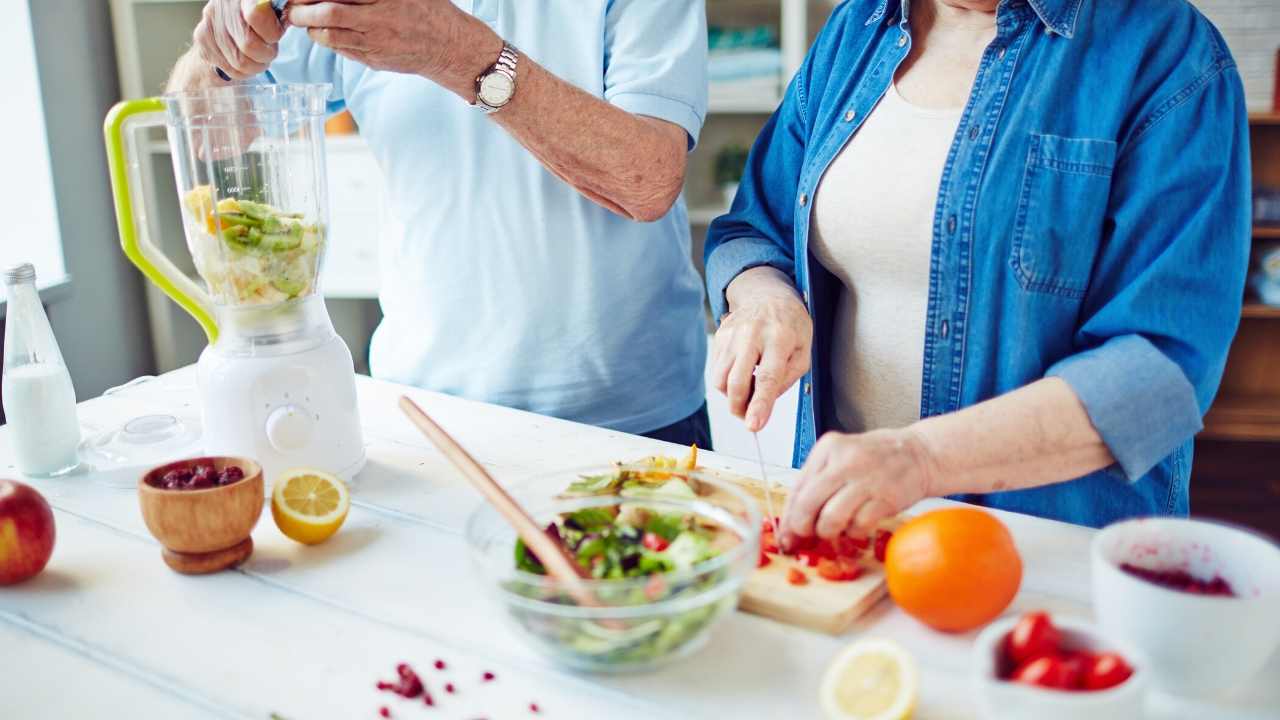 |
[TAG46]Harvesting self-grown vegetables - bursting with emotions when the old lady handed over the red book Thank you for watching my video. Wishing you good health, |
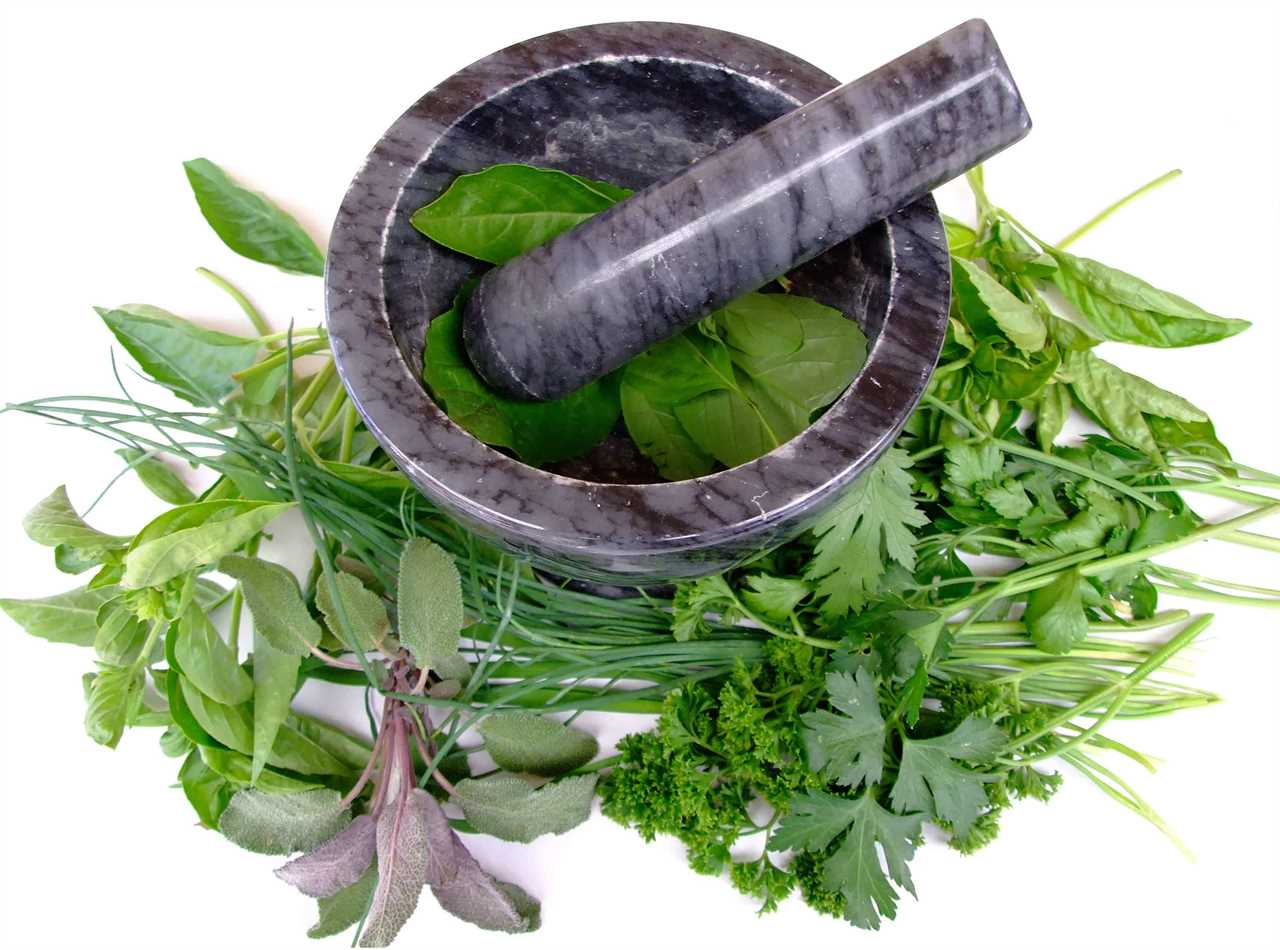 |
[TAG47]A tea assessment platform that rates teas based on objective quality markers and a sensory evaluation resulting in a list of the best teas produced each year. |
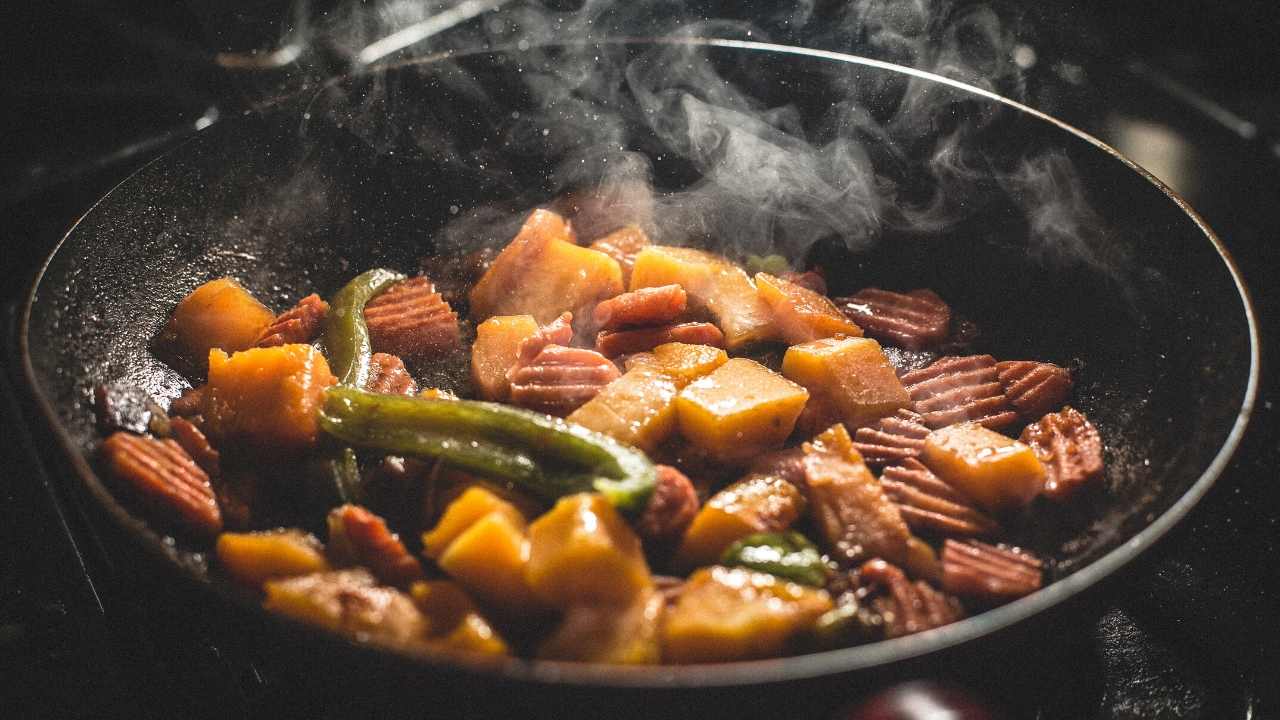 |
[TAG48]In This Video I'm Gonna Show You How To Find And Farm All 7 Herbs In Terraria! Enjoy ! :) #terraria #guide #tutorial |
 |
[TAG49]Former President Trump in recent remarks is now working to portray President Biden as a threat to democracy, saying Biden 'is the destroyer of American |
Did you miss our previous article...
https://belovedsaffron.com/herbs/winter-simmer-for-health-and-wellness
.png)





